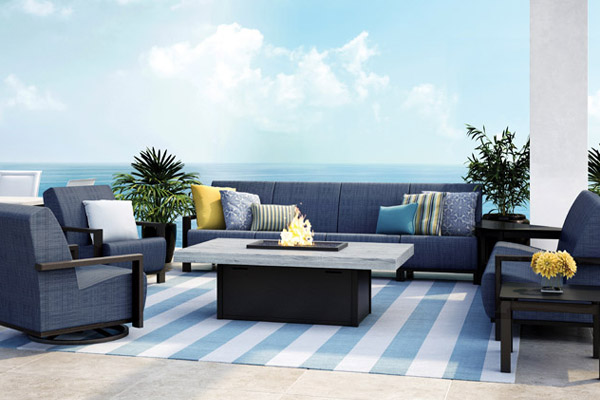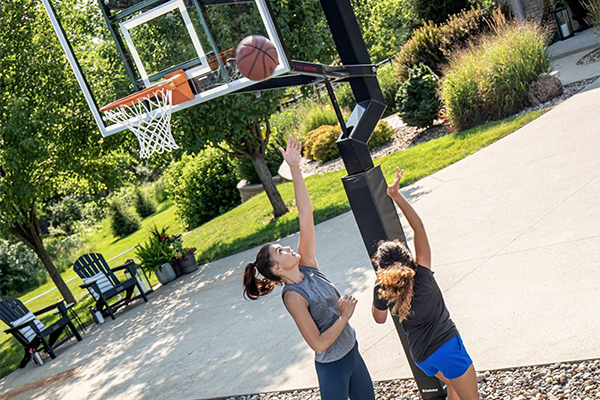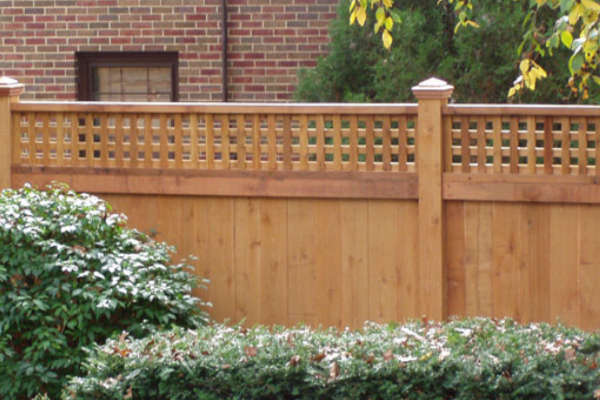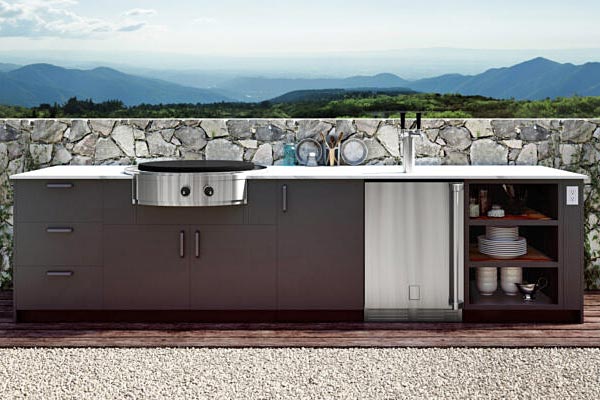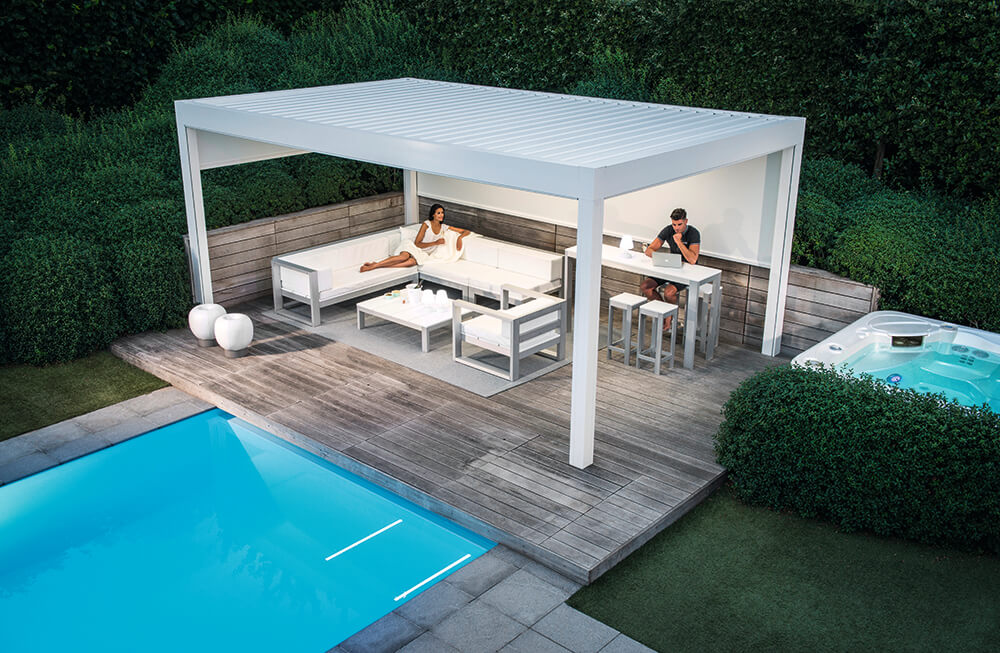After going through the planning and measurement phase for your outdoor fence, you’ll run into a roadblock – the materials needed for construction. Now, you may respect the durability of aluminum and the maintenance-free breeziness of vinyl fencing. But there’s just something about the aesthetic of a fine wood grain that really knocks your socks off.
Well, we’re right there with you. Wooden privacy fences feature a timeless appearance that is at once traditional and modern, elegant and rustic. But if you think you’re going to be able to tell your installation team that you want a wooden fence without specifying type, think again. There are over 60,000 wood species across the globe, and around fifty that are commonly used by carpenters and furniture fabricators.
The choice may seem daunting, but as long as you know your priorities, you’ll be able to select a wood that meets your expectations. Keep reading to find out which of these common types of wood will work best for your outdoor living space.
Cedar wood is a great all-around choice
Cedar has a maroon grain fill coupled with a reddish-brown appearance. Depending on the quality of the source, the wood can appear rather plain or brilliant in composition (particularly the wood species Western Red Cedar).
But cedar has more than surface-level appeal. This durable wood contains red pine oil, a naturally occurring chemical that acts as an insect repellant and aromatic. It’s so effective, in fact, that many repellant manufacturers base their products off of cedar’s natural oils.
If you have a budget that’s not necessarily huge, but not bargain-bin small, then cedar will be more than adequate for your needs. Though the wood is rot-resistant, we recommend applying a sealant to prevent graying and UV damage.
Pine is the least expensive fencing material
If you’re operating under a limited budget, or your neighbor has refused to split the bill for replacement fencing, pine is a popular choice. The wood falls under the “pressure-treated” category, which means it has been treated with synthetic chemicals to extend longevity and ward off pests and fungus.
There are a few downsides to this process, however. Pressure-treated pine features a lime-green tint visible at certain angles. Admittedly, this effect fades over time, and if you’re still concerned about your fence’s appearance, you can always paint it.
Even though pine is subjected to an insecticidal preservative called CCA (chromated copper arsenate), its lifespan tends to be around fifteen years or less. Cedar, on the other hand, has twice the longevity.
Redwood is the best wood
Here’s your high-roller option. Redwood is the most expensive wooden fencing material in the United States for a reason. It takes over fifty years for a redwood tree to become harvestable, and its eye-catching rouge coloring will impress both visitors and neighbors.
While cedar and redwood are somewhat similar in their insecticidal properties, redwood contains a larger amount of tannins, suggesting the wood may be more rot-resistant than cedar. And, when measured using the janka hardness test, redwood was found to be 23% stronger than cedar. That means that, although you’re paying more upfront, redwood fencing may be more cost-effective in the long run.
For the finest selection of outdoor fencing in Grand Rapids, MI, check out our Fence Portfolio at Out Back Casual Living & Fence.
Find an outdoor fence that complements your unique sense of style, all while enduring inclement weather, insects and more. The privacy offered by a wooden fence will leave you with a feeling of security and freedom. Check out the latest styles of outdoor fencing, so you can be up-to-date on the latest trends in causal living. For more information, visit our website today.
